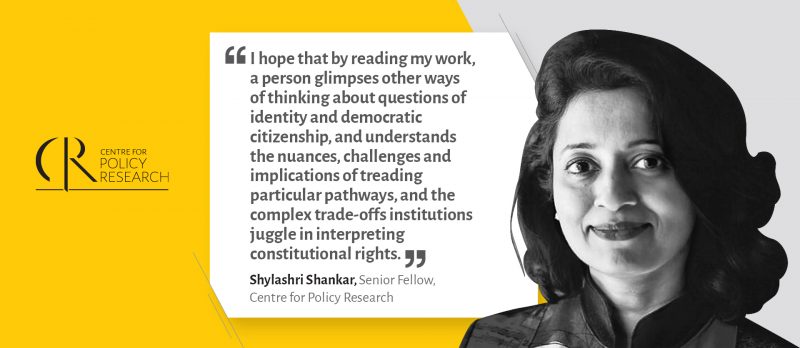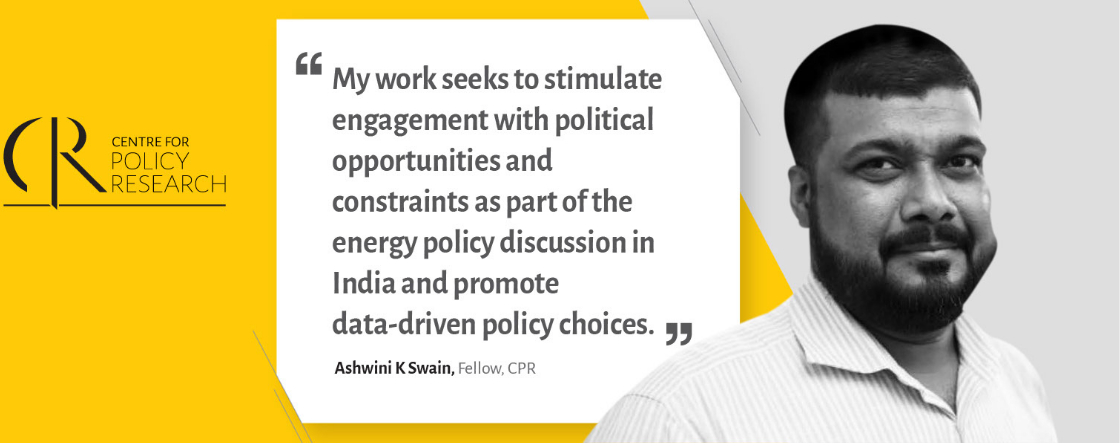Andhra Pradesh’s (AP) power sector is going through a second phase of reforms. While the first phase (1999 – 2004) was widely seen as focused on privatisation on electricity distribution, this time the goal is to ensure affordable and reliable power supply for all. To do so, chief minister Chandrababu Naidu has pledged to keep retail tariffs unchanged in the coming years for all consumer categories, while improving the quality of supply and service.
At present, there is a strong Central government push to raise retail tariffs to reflect the rising costs of supply — a target set for states under the UDAY scheme for discoms’ financial turnaround. This makes Andhra Pradesh’s plan to improve electricity without any additional cost burden on the consumers particularly intriguing. Can Naidu pull off this trick while avoiding negative consequences for Andhra Pradesh’s electricity sector? What are the consequences of failure?
The context for this latest gambit is the earlier reform effort of 1999-2004. Back then, despite backing from the chief minister (it was Naidu then too), supportive and skilled regulators and utilities, and Central government backing, the plan to improve discoms’ health through tariff and management reforms did not receive public support. Although discoms registered efficiency gains, the public focused on the accompanying tariff hikes which caused mass agitations. Some have suggested this was central to Naidu’s defeat in the 2004 state assembly election.
In his return to power in 2014 in a smaller Andhra Pradesh, Naidu has devised a second, revised reform strategy. First, consumers are at the centre of reforms, and are promised high quality service at affordable prices. Notably, however, this does not include promises of 24×7 supply of free power to farmers, as in Telangana. Second, the reform relies on disruptive technologies to bring down the power bills of discoms through a fivepoint strategy: improve supply through enhanced renewable energy (RE) generation, energy storage technologies, and full capacity utilisation of conventional power plants; implement energy efficiency measures; strengthen the transmission and distribution (T&D) network to bring down losses to below 6%; adopt IT for better consumer services; and lastly, improve financial management of power projects including loan swaps.
There are early signs of progress. The state has achieved 7 GW RE installed capacity, which is 10% of the national RE capacity and 30% of the state’s total generation capacity. To complement RE capacity, Andhra Pradesh has inaugurated the first thermal battery plant of India and allocated over 100 acres land for energy storage projects. The state has set a target of 1 million electric vehicles on road by 2023 backed by a dedicated electric mobility policy and planned investment of ₹30,000 crores. Andhra Pradesh has emerged as a national frontrunner in the State Energy Efficiency Preparedness Index. To improve efficiency and reliability of the T&D network, the state has initiated a US$ 570 million project last year, with donor assistance.
What works in Andhra Pradesh’s favour is that the state has some breathing room to manoeuvre. Following the bifurcation of the state, Andhra Pradesh gained from a slight reduction in subsidised load (domestic and agriculture) and AT&C losses.Since it is a relatively wealthy state, it has managed a persistent revenue gap by increased state subvention, from 12% of discoms’ revenue requirement in 2014-15 and 2015-16 to 19% in 2018-19 (see chart), preventing a decline in quality of service. In September 2018, the per unit revenue gap was ₹0.06, onefifth of the national average, and AT&C losses were 11%, half of the national average, as reported by the UDAY portal. These developments make Andhra Pradesh a leader in UDAY target achievements while providing the fiscal space to manage the political demands for explicit subsidies.
However, for long term gains, Andhra Pradesh will need to use this breathing room to bring down the costs of supply and create enough demand for the additional power capacity it is adding through RE and augmented capacity utilisation. Naidu hopes his plans for industrialisation will absorb the surplus power. Whether this works will depend on growth in industrialisation as well as proper resource planning for the additional generation capacity.
Notably, Andhra Pradesh has proactively sought to capture the gains of falling RE generation costs as technology improves. The counter, and more problematic story, is that industrial consumers would leave the grid to capture these gains through direct installation of RE, which would cut into the cross subsidy available for poorer customers. Andhra Pradesh is seeking to manage this transition by proactively adopting these disruptive technologies in an effort to reduce the power bills for all, but also retaining industry through improved quality and a stable tariff.

Figure 1: Power sector reforms in Andhra Pradesh
In this tale of two reforms, Andhra Pradesh has moved from a price and privatisation-focused effort to one that aims to put consumers upfront. If they fail, the results would be dismal and all too familiar – low tariffs combined with growing stranded capacity as new generation finds no takers, and cross subsidy declines as industrial customers flee. But the Andhra Pradesh reforms are designed specifically and deliberately to avoid these traps, which is what makes them interesting. If Andhra Pradesh succeeds, it will signal an alternative, consumer welfare-focused, model of power reforms. While it is too early to predict success, this is an effort worth watching.
Ashwini K Swain is a visiting fellow at Centre for Policy Research, and the executive director at Centre for Energy, Environment & Resources. This research is based on work presented in full in the book Mapping Power, edited by Navroz K Dubash, Sunila S Kale, and Ranjit Bharvirkar.
This article was published in the comment section of the Hindustan Times on 19 September 2018, and can be accessed here. Subsequent articles will be published simultaneously in the Hindustan Times and on the CPR website.
Op-Eds in this Series:
- Reform is All About Getting the Politics Right
- How to Reform Uttar Pradesh’s Troubled Power Sector
- Taking Two Steps Forward, One Step Back
- Karnataka’s Power Politics
- AAP and the Politics of Power in Delhi
- New Trends Demand New Strategies in Maharashtra
- The Story Behind Uttarakhand’s A+ Performing Discom
- Electricity Distribution in Gujarat: A Sustainable Energy Future Roadmap?
- Small Gains Behind Mounting Losses in Jharkhand
- Power Politics at Play
- The Saga of the Subsidy Trap in the Tamil Nadu Power Sector
More details about the Mapping Power Project can be accessed here.




